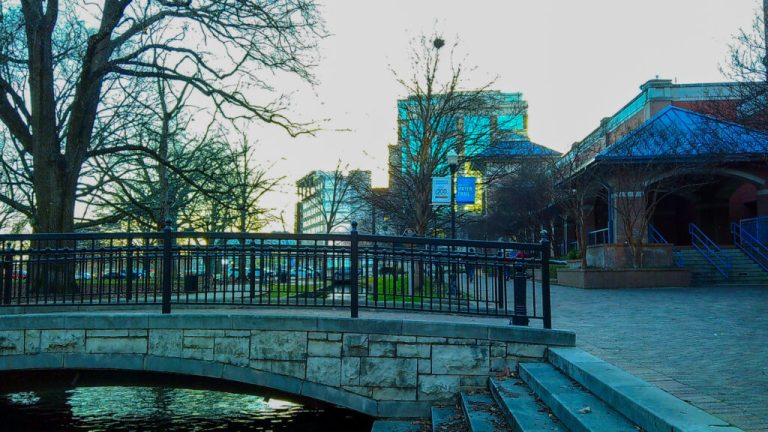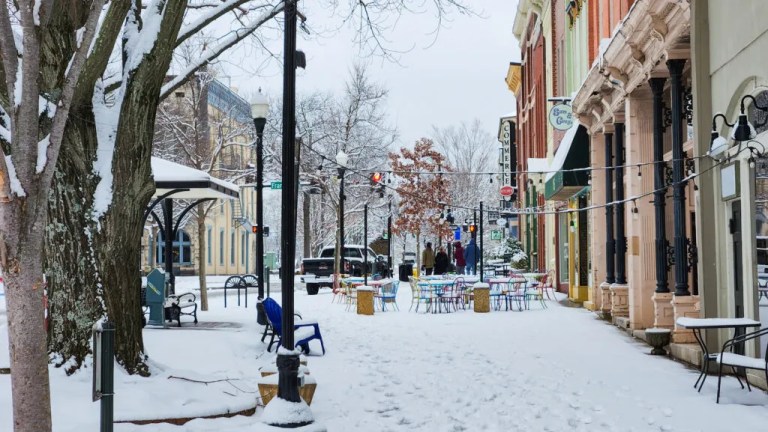Rainfall so far this summer makes it one of the wettest in Huntsville history
Reading time: 3 minutes

If you live in Huntsville, chances are good that you have asked at some point over the last two months or so, “When will it stop raining?” That’s a valid question, considering that May and June have been some of the wettest months in Huntsville history.
Rainfall totals in May and June were well above average, and we may not be out of the water yet.
May + June rainfall totals make for a wet summer

Rainfall totals in May were almost the highest in recorded history. May was the second rainiest month on record at 11.21 inches, just short of the record set in 1983 at 11.88 inches. As well, the total was more than double the monthly average of 4.67 inches.
June saw 4.41 inches of rain–still well below the 14.99-inch record set in 1989–but above the average of 4.06 inches.
Meteorologist Grace Anello of WAAY-31 said July so far has not approached any records (or even hit the average at this point in the month), but rainfall totals can vary based on where the storms occur. Rain totals are measured at the airport, which Anello said has stayed relatively dry this month.
Why so much rain?

If you think the rainfall numbers are out of the ordinary, you would be right. But what’s causing it? Anello said it has to do with our “oscillations,” or the temperature of the water coming to and going away from the continent.
“As of April we have been what’s called “ENSO Neutral” which means neither El Niño nor La Niña. It’s not overly common for us to stay in that place for a prolonged period of time. Usually we shift from Nino to Niña and vice versa, almost immediately.”
Grace Anello, Morning Meteorologist, WAAY-31
She added that ENSO neutral conditions in the Southeast lead to hotter days and more frequent rain. In essence, storms need warm, moist, rising air–or convection–which is plentiful in the South.
“We obviously have a lot of moisture just sitting over the atmosphere in the south, which is very typical of ENSO neutral conditions, and it also typically leads us to hotter temperatures. There’s more of that air rising, and that leads to more increased convection.
Now it’s fairly normal for us to see almost daily pop-up showers and thunderstorms in the summer. However, this year does feel as though it’s had more than it’s fair share of rainy days, even though the rainfall amount at one particular location is not excessively high. The hit-or-miss nature of storms has been present almost every day, leading us to feeling like it’s rained for a near constant basis of the summer.”
Grace Anello, Morning Meteorologist, WAAY-31
Want to stay in the know about what’s new and happening in and around Huntsville? Follow us on Facebook, TikTok and Instagram, and be sure to subscribe to our newsletter.



